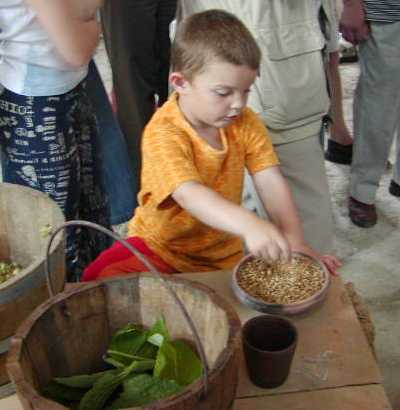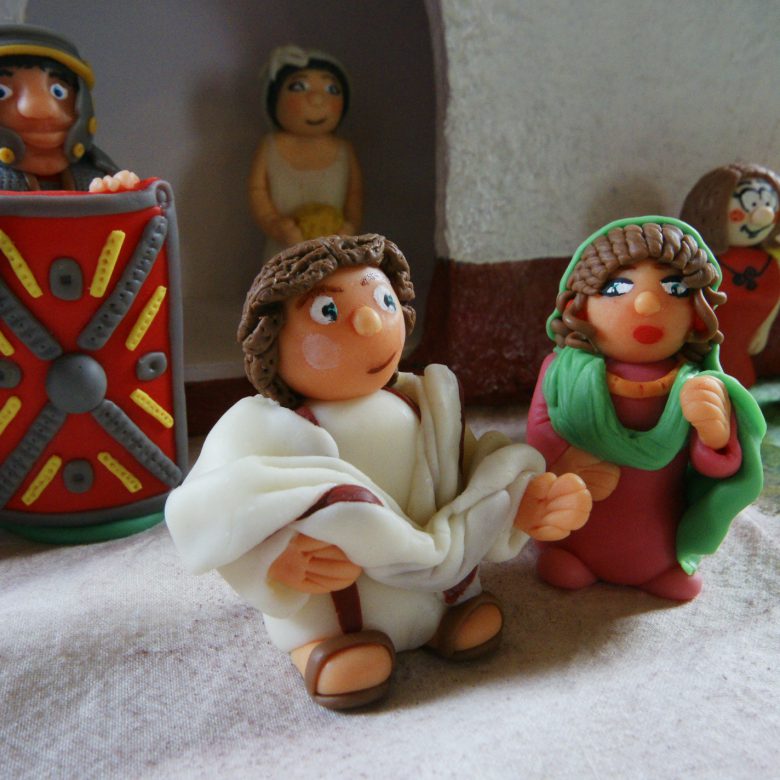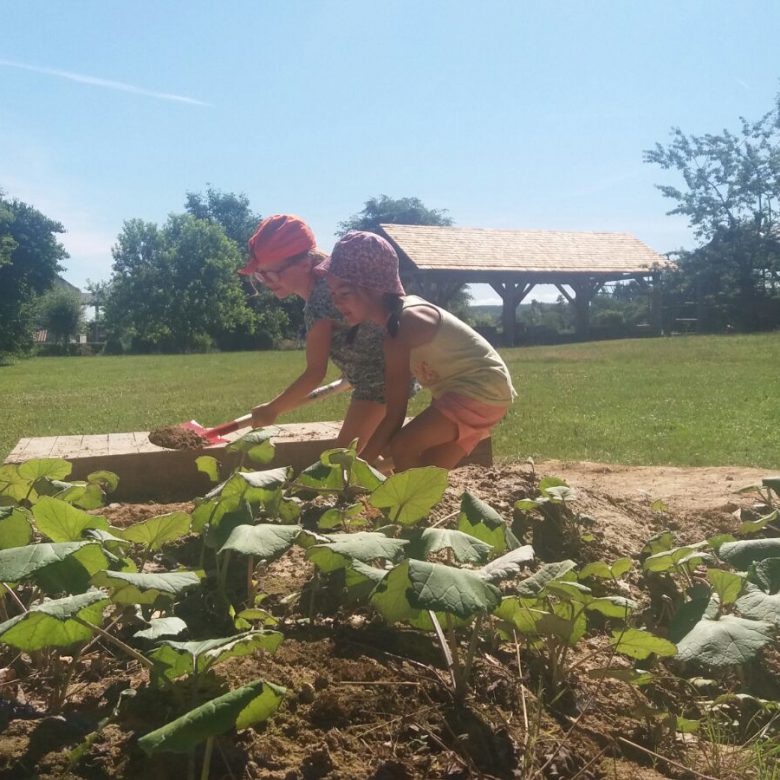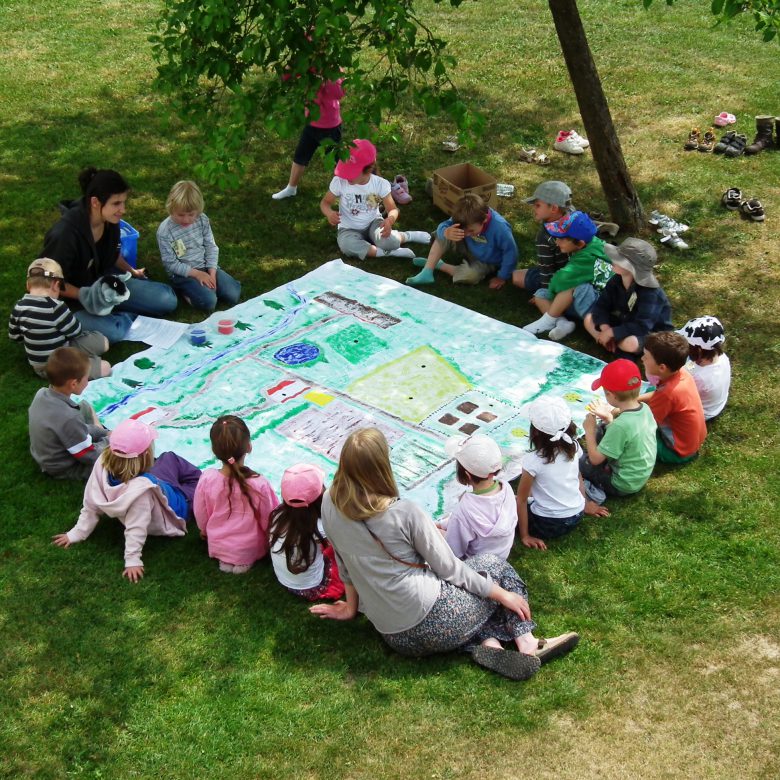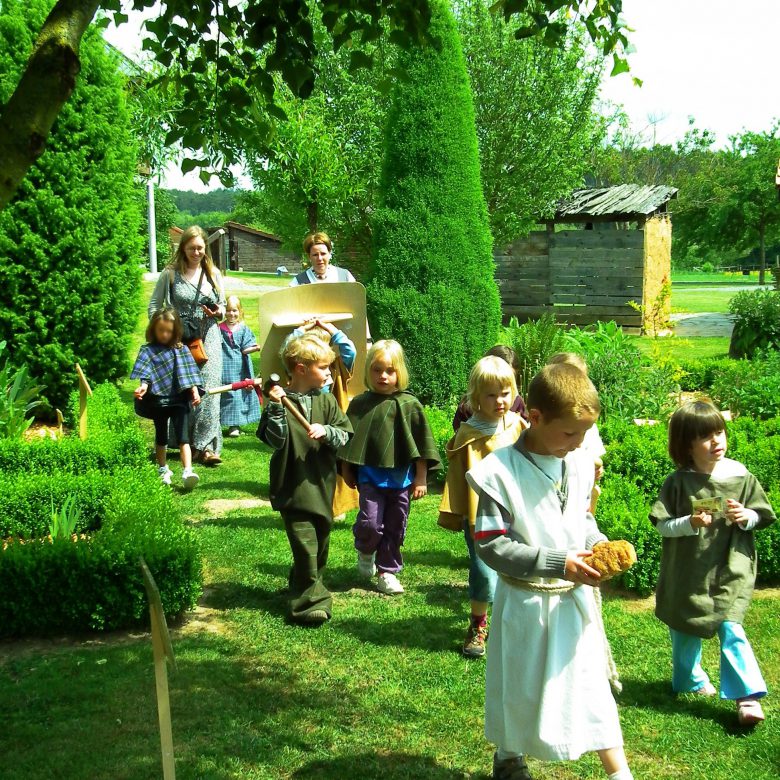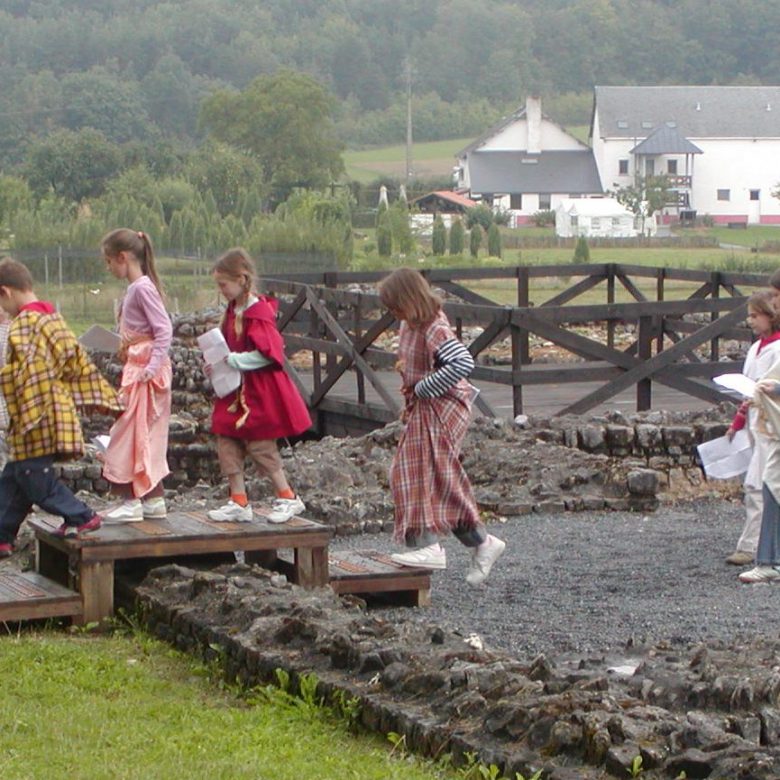Malagne for kids (for children up to 9 years old)
Malagne for kids is a program organized by our animation team to make it suitable for little ones (from the 3rd to the 3rd elementary grades). Compatible with additional workshops, it is a fun and interactive module.
Basic module
Let’s explore the farm in the Gallo-Roman period! Children will be invited to discover remains, gardens and animals through a sensory ride. They will become inhabitants of the villa through costumes of the time. Ready for a challenge? Play Who Produces What? To find the origin of the raw materials used by the Gallo-Romans. This is just the base to discover Malagne. The addition of workshops to choose from is essential to understand the daily life of a Gallo-Roman villa. For this, the team of Malagne has developed many workshops as playful and interesting.
After your reservation, we provide you with a complete educational file allowing to prepare your visit. Dowload an abstract of the educational file.
Practical workshops
Practical workshops that it is possible to organize with the Malagne for kids module :
Gallo-Roman bread
During the workshop, the group discovers cereals grownin Malagne and their uses in the Gallo-Roman era. You will also be able to identify the necessary ingredients required to make bread (flour, water, salt, honey, yeast) and implement them (mixing and kneading turns) before baking themm in an mud-oven of Gallo-Roman type. The children participate in the bread baking activity and of course to its tasting.
Clay and cob
This workshop gives pride in working the land as it was practiced in the Gallo-Roman era. It allows students to immerse themselves in a Gallo- Roman world by a manual activity and to learn about the earth building techniques. Students will each build a clay brick mixed with straw, by means of a wooden mold.
Appropriate clothing is required!
Felt
The purpose of this workshop is to introduce an often unrecognized use of wool, but also the care provided to the sheeps prior mowing them. Students learn all phases of the process, from the sheep to the hushed subject and some ancient tools related to this craft. Then they each realize a felt object and thus experience the magic of transformation of wool fibers in a felted material.
Smith
During the visit, students discover the ore reduction from button furnace and the refining of iron sponges. Then, in the reconstructed forge, they become an apprentice blacksmith. Then, in turn andunder the direction of a blacksmith, they pound a small iron bar heated red that will have the chance to become, in their hands : a stick, a bracelet or a Gallo-Roman lighter !
The smith workshop allows students to experience the third stage of iron working (forging), to become familiar with the tools of the blacksmith but also to discover some items, including tools, cigarette lighters, a helmet, a sword and a coat of mail.
Coil
Students will try coil pottery, a technique of climbing pottery with coils, that is to say small clay sausages rolled in the hands and superimposed on the base of the pot. How to superimpose will give a convex or concave shape. These coils are then smoothed with fingers to ensure the solidity of the whole. Students then perform a Gallo-Roman decor according to their creativity. When the work is completed, it must dry in the open air.
Gallo-roman games
Detour through simple or more elaborate games invented two thousand years. This workshop immerses students in the skin of young Gallo-Romans, making them discover their game world and the social role of the latter. Strategy games of chance, skill or mock the workshop offers classic games for all tastes. Students can compare their particular address in the Delta game and be strategic in the game of the 12 lines or even in the latroncule game, the game of Roman legionnaires. Fun guaranteed!
From 6 years
Gallo-roman cookery
In this workshop, students are led to wonder about the culinary practices of Gallo-Romans. They will cook a recipe of Apicius, gastronome of the first century By following the instructions left in the antique collection, the students exercise critical thinking. Indeed, the recipes of Apicius do not mention the amount of ingredients or cooking times.
We must therefore, like archaeologists, try a recipe to try to find the culinary sensations of once. Then up to the tasting !
Mosaic
Students discover this ancient technique with different examples. They prepare their support and realize a small two-color mosaic stones (15 x15 cm). They will be based on a model proposed or give free rein to their imagination.
Do not panic, the plaster leaves when washed !

